It is estimated that the world’s insects perform an annual pollination service for all humankind worth $215 billion. In return, every year, we run up a pesticide bill of about $40 billion to exterminate them (this doesn’t include the $10 billion costs in social and environmental damage wrought by the same chemicals). Why is it still such a reflex in our encounters with invertebrates to reach for the fly spray? Here are two great books that try to change our minds on creepy-crawlies.
On the face of it, Dave Goulson has the more straightforward task. This is not just because the founder of Bumblebee Conservation over a quartet of books has perfected the art of turning the entomologist’s technical expertise into easy-reading everyman’s prose. He also laces his stories with rich helpings of wit and humour; and then there is the further advantage that his chosen insects are the nation’s favourites. The buff-tailed bumblebee was recently voted Britain’s most beloved invertebrate.
Goulson’s scientific quests take him into some extraordinary, seldom visited places. In the Gorce mountains of southern Poland he conjures a rural idyll of traditional pre-industrial communities, where the light touch of their extensive farming methods leaves room not only for bears and wolves, but also for what sounds like bumblebee and butterfly heaven.
In Argentina, by contrast, he shows us what can happen when humans meddle in bee affairs. One of the lesser-known aspects of this insect group is the human trade in commercial bumblebees for use in pollination. Much of the world’s tomato crop is produced thanks to these industrially reared bee nests. Unfortunately, several European species have now escaped in Chile and Argentina and introduced unfamiliar bee diseases that have devastated native populations. Goulson travels through thousands of kilometres of the Andes in search of one of the most remarkable and largest bumblebees in the world, whose queens are likened to ‘flying golden mice’. Alas his quest for the creature known only as Bombus dahlbomii is in vain.
Nothing better illustrates how hard it is to make us care about insects than Goulson’s more parochial tale of industrialised Essex. West Thurrock Lagoons are introduced as a wasteland of spray-painted graffiti, smashed glass and dog excrement; yet spliced into the brownfield detritus is an astonishing array of rare insects, including 35 endangered species, 116 that are scarce in the UK and 352 that are highly localised. Goulson ponders whether, proportionate to area, this may be the country’s most biodiverse landscape.
Don’t hope for a moment that these facts have held much sway. When the place was earmarked for development, the nation’s leading invertebrate charity Buglife fought the plans all the way to the House of Lords and lost. A large part of the site was then turned into a printworks. Worst of all, in some ways, was the fact that Buglife tried to persuade Britain’s official wildlife watchdog to give the rest legal protection. Natural England promptly refused, but it did designate some parts as a site of special scientific interest, mainly for the bird populations. The subtext of Goulson’s powerful story is that even environmentalists don’t believe that insects count.
Spare a thought for Erica McAlister, because her task is to make us fall in love with the creatures that damage half of Africa’s fruit crop and include the vectors for sleeping sickness and malaria. To balance the account, The Secret Life of Flies also informs us that without them there would be no chocolate — because flies are the cacao tree’s only pollinators; that half of the world’s fly families play roles in allpollination; and greenbottle maggots do a wonderful job of eating necrotic tissue and are a vital part of western medicine.
The author is very good on all these practical and helpful roles played by flies; but what really makes the book so engrossing is the weird and — let’s be frank — occasionally horrifying behaviours that flies exhibit. There are flies that can eat raw oil and asphalt; others that can survive under the sea, or 5,700 feet down at the bottom of Lake Baikal; and there are even flies in Antarctica, where a quarter-inch midge represents the largest terrestrial animal on the entire continent.
The most compelling parts of McAlister’s book are gruesome tales, such as the one about a beast called Serromyia femorata, the female of which copulates with her unsuspecting mate and then pierces his head to inject him with digestive enzymes. Eventually she sucks him dry until all that remains are his genitalia, which break off inside her and act as a plug to prevent her further sexual conquests.
The only thing weirder than flies is the behaviour of the scientists who study them. One such character happened to become an unwitting host to a species of bot fly, whose larvae burrow into the skin until they pupate. In the interests of research, the scientist allowed his ‘guest’ to remain in situ, until his wife could finally take it no longer. In the quiet hours of the night she could apparently hear the maggot gnawing away at his flesh. McAlister informs us that ‘I often lament not having one [a bot fly maggot]’.
If I have a small criticism it is that, as part of her one-woman propaganda campaign to make flies’ lives matter, McAlister seems to think it necessary to adopt an overly chummy narrative voice (‘As I’m sure you can imagine’) laced with heavy doses of slang (‘mozzies’, ‘poo’, ‘these flies scare the bejesus out of people’; ‘the ancient Egyptians were a religious bunch’). Sometimes I found the populist devices got in the way of the facts and I wished that she had had more faith in the inherent fascination of her subject. Because after reading her book it is obvious: flies rock.
Got something to add? Join the discussion and comment below.
Get 10 issues for just $10
Subscribe to The Spectator Australia today for the next 10 magazine issues, plus full online access, for just $10.
You might disagree with half of it, but you’ll enjoy reading all of it. Try your first month for free, then just $2 a week for the remainder of your first year.

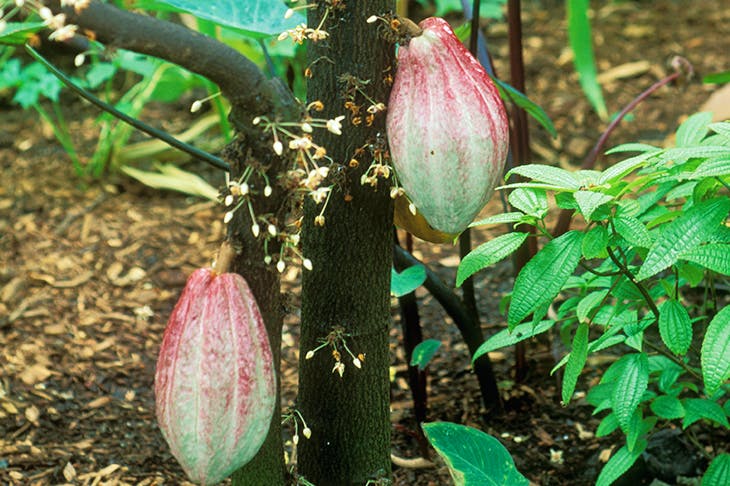
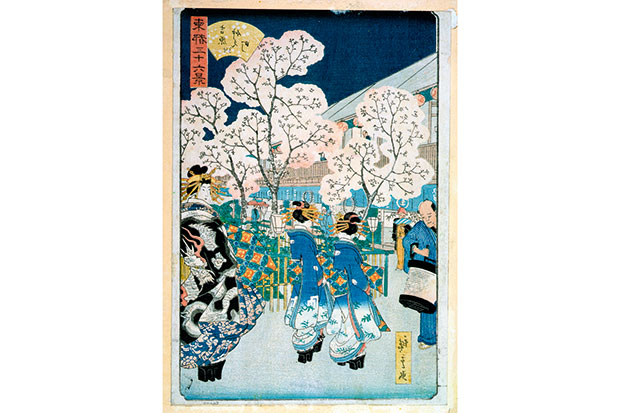
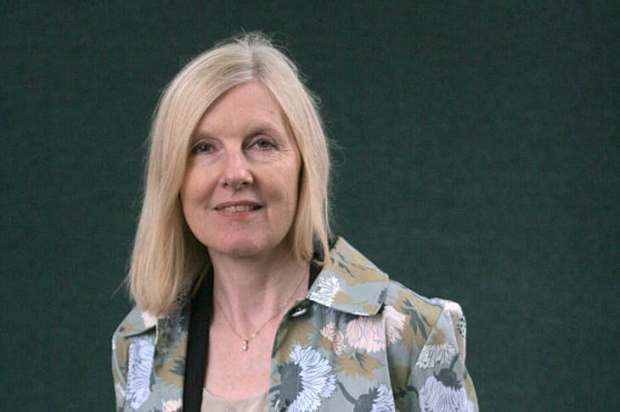
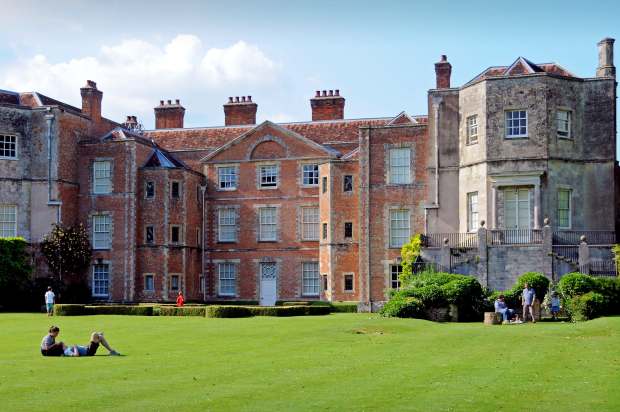
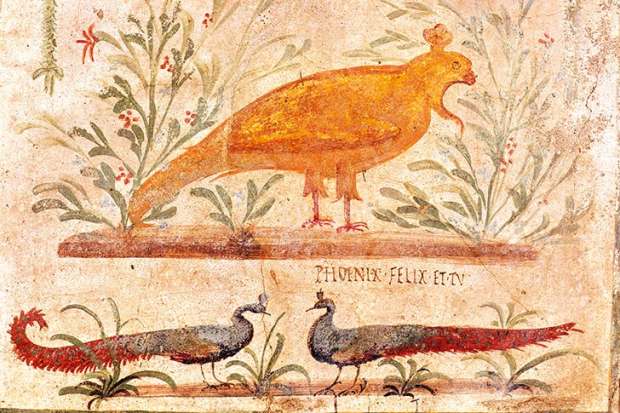
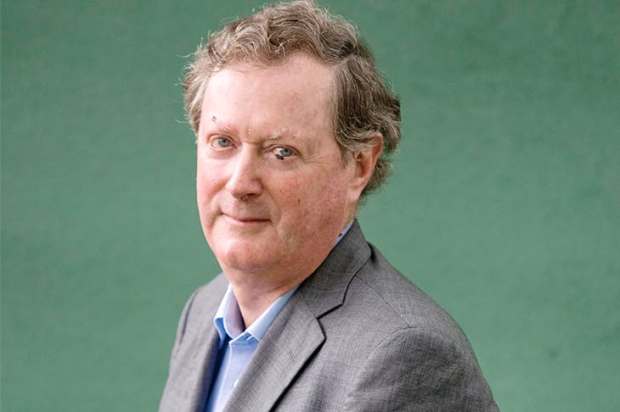







Comments
Don't miss out
Join the conversation with other Spectator Australia readers. Subscribe to leave a comment.
SUBSCRIBEAlready a subscriber? Log in